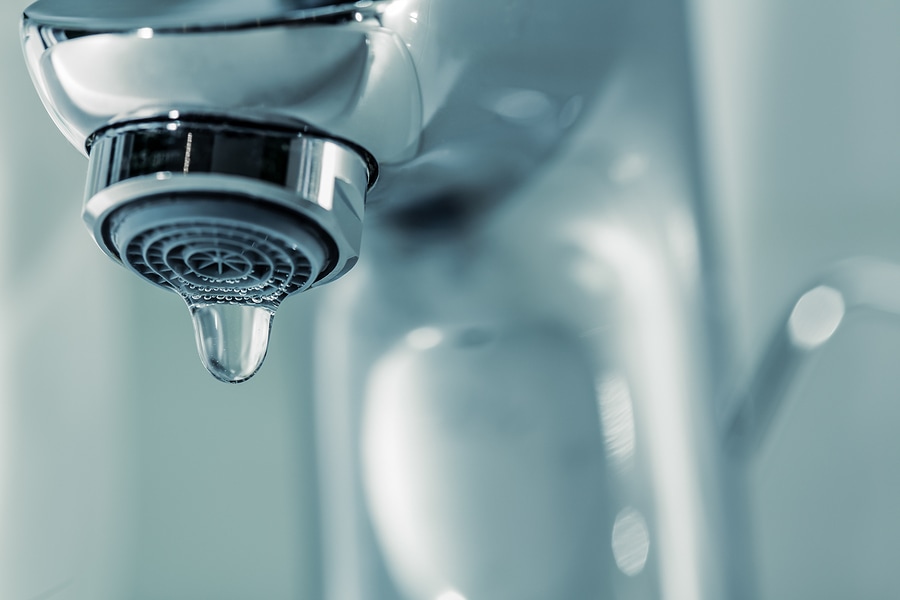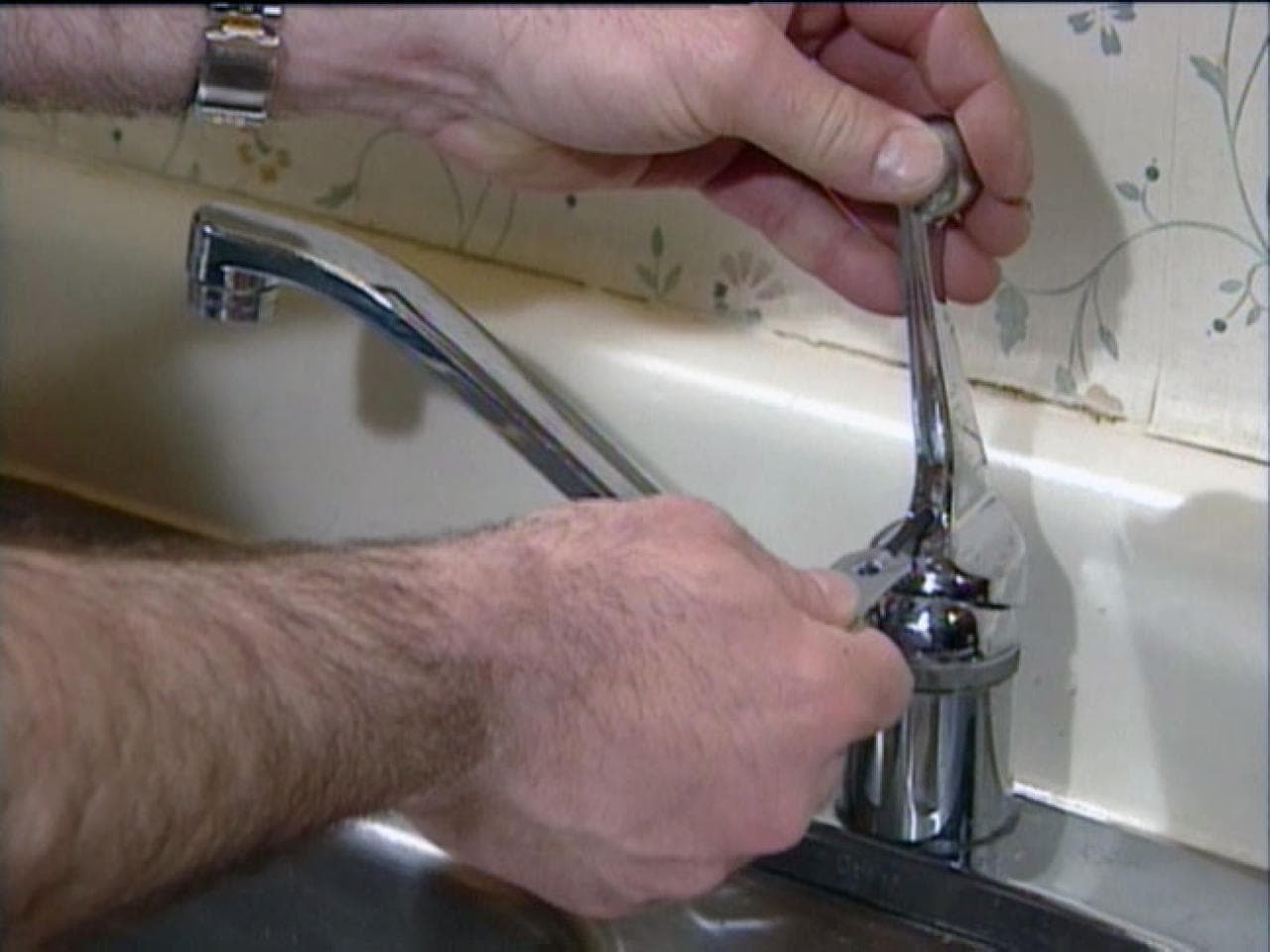Understanding the Significance of Resolving a Faulty Faucet
Understanding the Significance of Resolving a Faulty Faucet
Blog Article
They are making a number of good annotation about What Causes Leaky Faucets & How To Fix Them as a whole in the content beneath.

Trickling taps might look like a minor aggravation, yet their impact goes beyond just the aggravation of the audio. From drainage to sustaining unnecessary financial prices and health risks, neglecting a dripping faucet can lead to numerous consequences. In this article, we'll delve into why it's critical to resolve this typical family issue without delay and properly.
Waste of Water
Ecological Effect
Leaking faucets contribute dramatically to water waste. According to the Environmental Protection Agency (EPA), a single tap trickling at one drip per secondly can throw away greater than 3,000 gallons of water annually. This not just strains water resources yet also impacts ecosystems and wild animals depending on them.
Financial Costs
Enhanced Water Expenses
Past the ecological effect, leaking taps can blow up water costs substantially. The built up wastefulness over time converts right into greater energy costs, which could have been avoided with timely fixings.
Possible Home Damage
Additionally, extended leaking can lead to harm to components and surfaces surrounding the tap. Water buildup can trigger discoloration, rust, and even architectural concerns if left unattended, causing extra repair expenses.
Health Concerns
Mold And Mildew and Mildew Development
The constant existence of dampness from a trickling tap produces a perfect setting for mold and mildew and mildew development. These fungis not only compromise interior air high quality yet also pose health and wellness dangers, particularly for individuals with breathing problems or allergic reactions.
Waterborne Conditions
Stationary water in dripping faucets can become a breeding place for bacteria and other microorganisms, enhancing the danger of waterborne conditions. Contaminants such as Legionella germs prosper in stagnant water, potentially bring about severe health problems when ingested or inhaled.
Do it yourself vs. Expert Fixing
Pros and Cons of Do It Yourself Repair
While some may attempt to deal with a trickling tap themselves, DIY repair services come with their own set of challenges. Without correct expertise and tools, DIY efforts can aggravate the issue or cause incomplete repairs, lengthening the trouble.
Benefits of Employing an Expert Plumber
Working with a specialist plumber guarantees that the underlying root cause of the leaking tap is attended to properly. Plumbing technicians have the knowledge and devices to identify and fix tap problems effectively, conserving time and lessening the danger of additional damages.
Step-by-Step Overview to Taking Care Of a Dripping Faucet
Tools Needed
Before attempting to fix a dripping tap, collect the needed devices, consisting of an adjustable wrench, screwdrivers, substitute parts (such as washing machines or cartridges), and plumber's tape.
Typical Faucet Issues and Their Solutions
Determine the type of tap and the specific problem triggering the drip. Usual issues consist of worn-out washers, rusty valve seats, or malfunctioning O-rings. Describe producer directions or on-line tutorials for step-by-step assistance on repair work.
Safety nets
Normal Upkeep Tips
To prevent dripping faucets, do regular upkeep such as cleansing aerators, inspecting for leaks, and replacing worn-out parts quickly. Furthermore, think about setting up water-saving gadgets or upgrading to more efficient components.
Value of Prompt Services
Resolving dripping faucets as quickly as they're observed stops further water wastefulness and possible damage, ultimately conserving both water and money in the future.
Effect On Building Worth
Understanding of Well-Maintained Residential Or Commercial Property
Keeping a building in good condition, including dealing with maintenance issues like dripping taps, improves its viewed value and desirability among potential purchasers or tenants.
Impact on Resale Value
Qualities with properly maintained plumbing components, including faucets, command higher resale worths in the property market. Attending to trickling taps can contribute to a positive impact during residential or commercial property assessments and arrangements.
Environmental Responsibility
Individual Contribution to Conservation
Taking obligation for dealing with dripping faucets straightens with wider efforts toward water preservation and environmental sustainability. Every individual's activities jointly make a substantial influence on protecting precious sources.
Sustainable Living Practices
By prioritizing punctual fixings and taking on water-saving habits, people contribute to sustainable living techniques that benefit both present and future generations.
Final thought
Resolving a dripping faucet exceeds mere convenience; it's an essential action toward preserving water, minimizing economic costs, and protecting health and wellness and home. Whether through do it yourself repair work or specialist help, taking action to fix trickling taps is a small yet impactful method to advertise liable stewardship of sources and add to a healthier, extra sustainable future.
How to Fix a Dripping or Leaky Faucet
A leaking faucet is one of the most common problems that homeowners encounter, but it being commonplace doesn’t make it any less annoying. The constant drip drip drip of a leaking bathtub faucet, showerhead, or sink tap can disturb your home’s serenity. Left neglected, a dripping faucet can also result in higher water bills and discoloration or mold growth in your sink or plumbing fixtures.
Fortunately, you don’t have to be a trained plumber to know how to stop a dripping faucet. With some basic tools, replacement parts, and a little patience, leaky faucet repair is a breeze. In this article, we’ll explain what causes dripping faucets and how you can fix them.
What Causes a Leaking Faucet?
Kitchen and bathroom faucets come in all manner of designs, but most involve some combination of valves, O-rings, seals, and washers. The O-ring is usually the weakest link, but any one of these pieces can wear down over time. Heat, moisture, temperature fluctuations, minerals, mold, and movement can contribute to warping and corrosion, breaking the watertight seal. This just comes with the territory of being a homeowner. Everything is always subject to wear and tear, and some component parts of your appliances and fixtures need to be replaced on occasion. At least replacement O-rings are cheap!
More rarely, dripping faucets can be a symptom of excessively high water pressure. Were this the case in your home, you would probably notice that the leak is not isolated to one faucet. Water pressure issues are harder to resolve on your own. We recommend contacting a professional plumber if you suspect your water pressure is too high.
How to Fix a Dripping Faucet
Pipe wrench or monkey wrench Allen wrench set Screwdrivers Old towel or rag Shut off the water.
Before you do anything, you need to turn off the water to keep from drenching your kitchen or bathroom. You should find a valve under the sink and against the wall. Once you’ve turned this valve, try turning the faucet on to confirm that the water source has been cut off.
If you can’t locate your local valve for the faucet you’re working on, you can always shut off the water to the house at the main valve. Of course, this will prohibit anyone from using the sinks, showers, or toilets while you’re working on the faucet that’s giving you trouble.
Plug or block the drain.
You’ll be disassembling the faucet and removing some small bits of hardware. Plug the drain with a stopper or rag to avoid the possibility of a small screw falling into your P-trap.
Take apart the faucet assembly.
There are several varieties of kitchen and bathroom faucets, each with its own manner of assembly. For detailed instructions on how to disassemble your faucet, you can refer to the fixture’s manual or contact the manufacturer. If you know whether you have a ball, disc, cartridge, or compression faucet, you can find detailed schematics online.
In general, you need to begin by removing the faucet handles. You might notice a small screw that you’ll need to remove with a screwdriver or Allen wrench. If you don’t see any visible securing hardware, it’s likely hidden under a decorative cap that can be unscrewed or popped off with flathead screwdriver.
Remove each piece methodically, consulting a schematic when necessary. Take notes or arrange the pieces in such a way to make it easier to correctly reassemble the faucet later.
Remove the cartridge.
Once you’ve removed the handles and securing hardware, you should be able to remove the valve cartridge or stem. Some cartridges will slide right out. Other faucet models will require you to loosen a nut with a pipe wrench before you can remove the valve stem.
Examine the exposed hardware.
With the cartridge or stem removed, inspect the component parts. Check the rubber O-rings for wear and tear. Also examine the seat washer for corrosion or other damage. These pieces are usually the responsible parties for a dripping faucet, but it’s worth inspecting the other component parts while you have the faucet disassembled.
Find replacement parts.
Once you’ve identified which faucet component has failed, find an identical replacement. Your local hardware store should have O-rings, seat washers, and other standard components in stock. If you have a luxury or uncommon faucet, you may have to contact the manufacturer for a replacement part.
It’s a good idea to take your old parts with you to the hardware store so you can compare them with the store’s inventory and be sure you’re purchasing the correct replacement.
Reassemble the faucet.
With your new parts in hand, reconstruct the faucet and handles. Don’t be tempted to overtighten screws or nuts. You might think this could create a better seal, but it can instead damage or bend a delicate part of the assembly and create a new problem for you.
Turn on the water and test the faucet.
The only thing left to do is test your work. Unplug the sink, turn the water back on, and try the faucet. Congratulate yourself on a job well done!
https://www.libertyhomeguard.com/how-to-fix-a-dripping-or-leaky-faucet/

Hopefully you liked our article about Why Are My Faucets Dripping (And Can I Fix It Myself)?. Thanks for taking time to browse our blog post. Enjoyed our entry? Please quickly share it. Let another person check it out. We treasure your readership.
Report this page